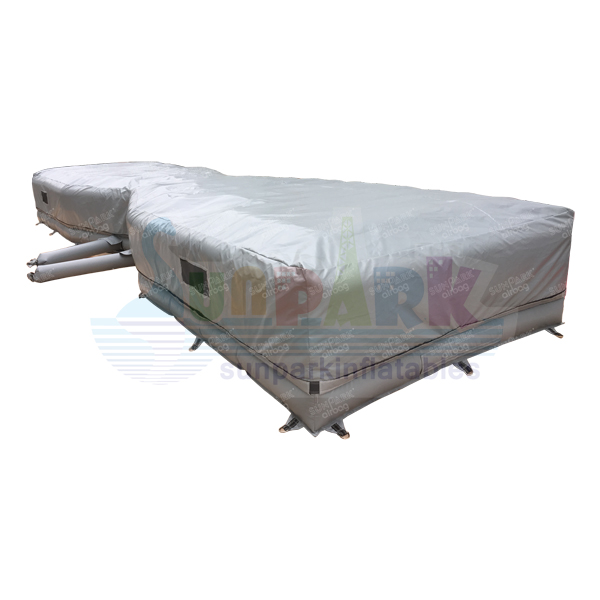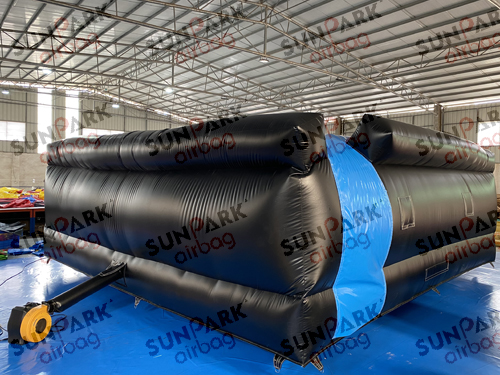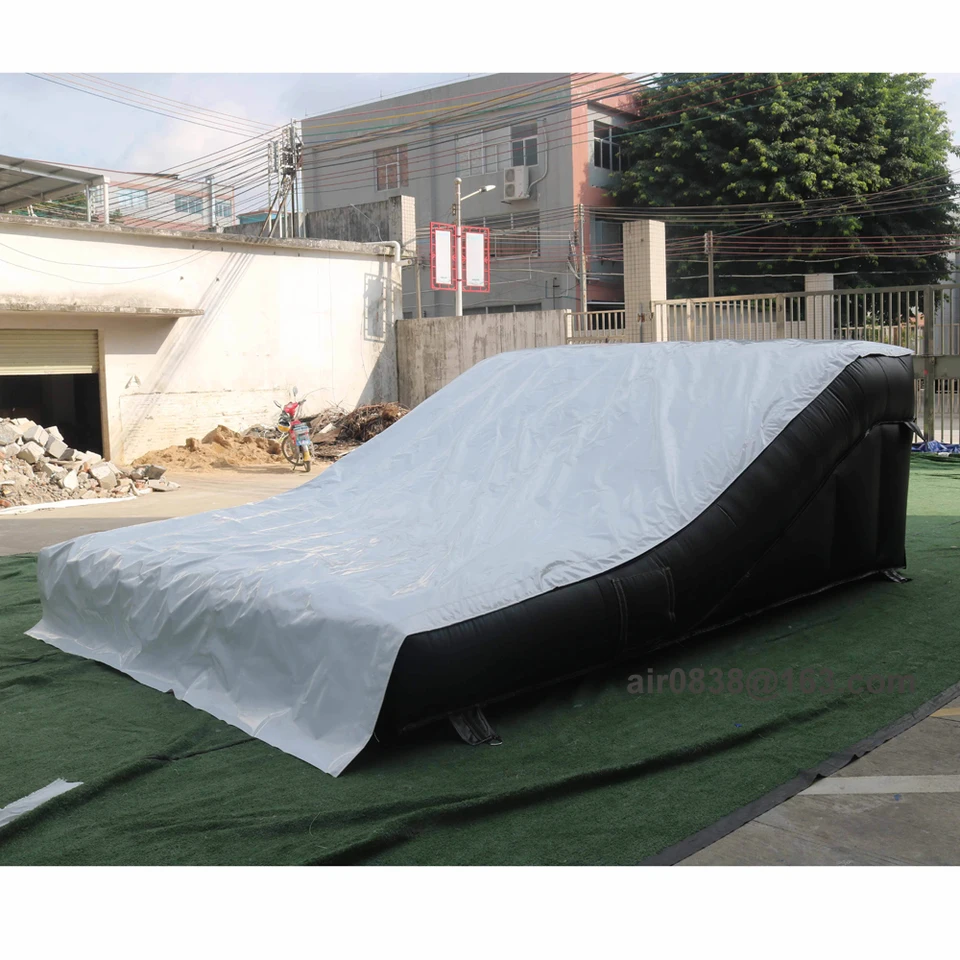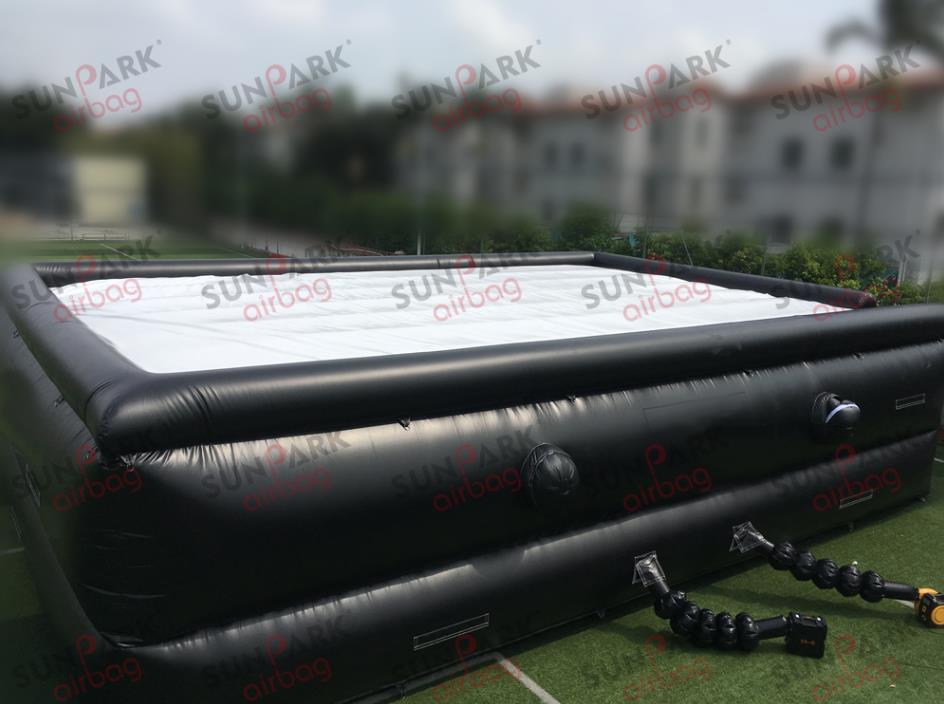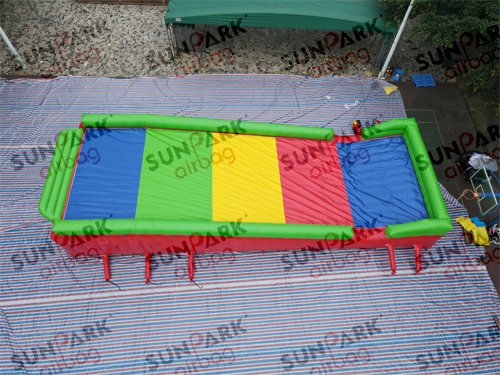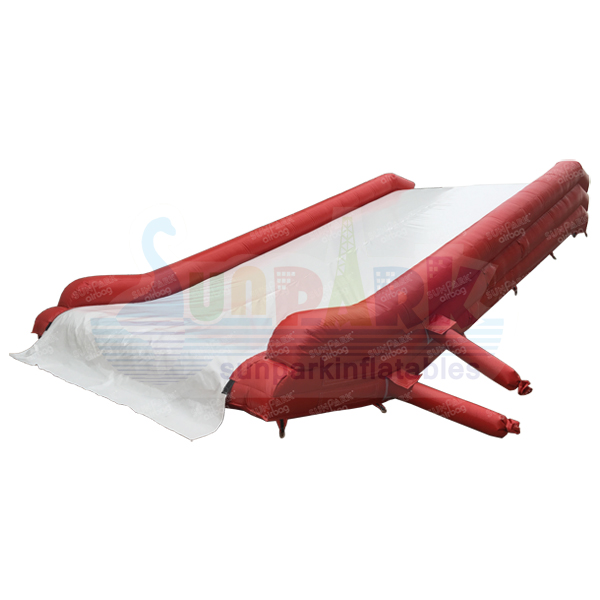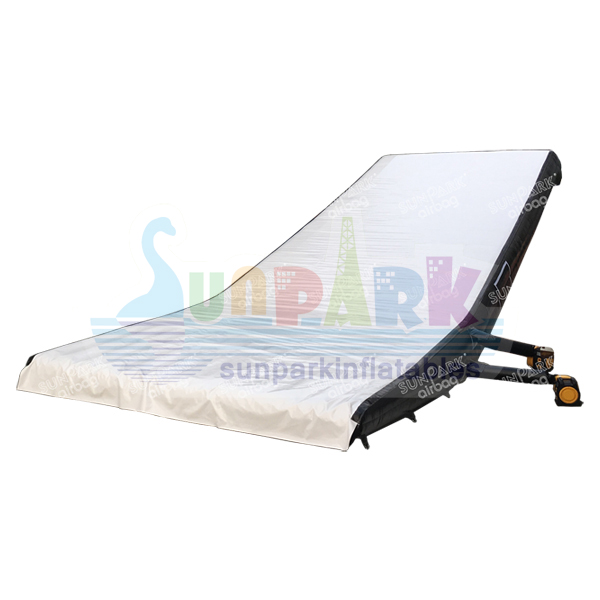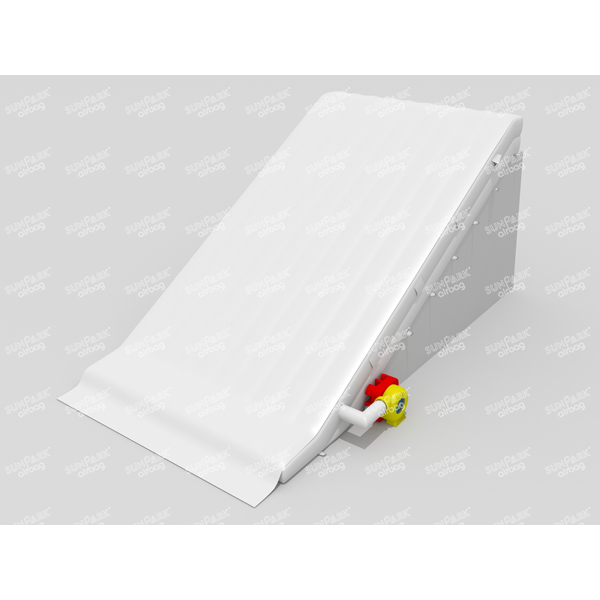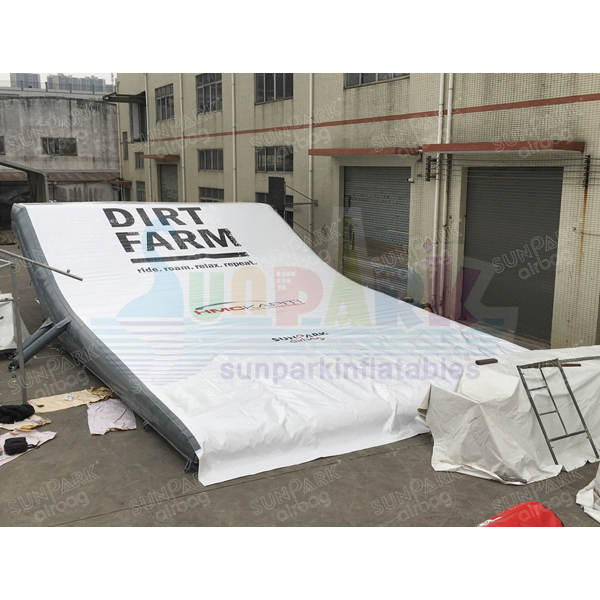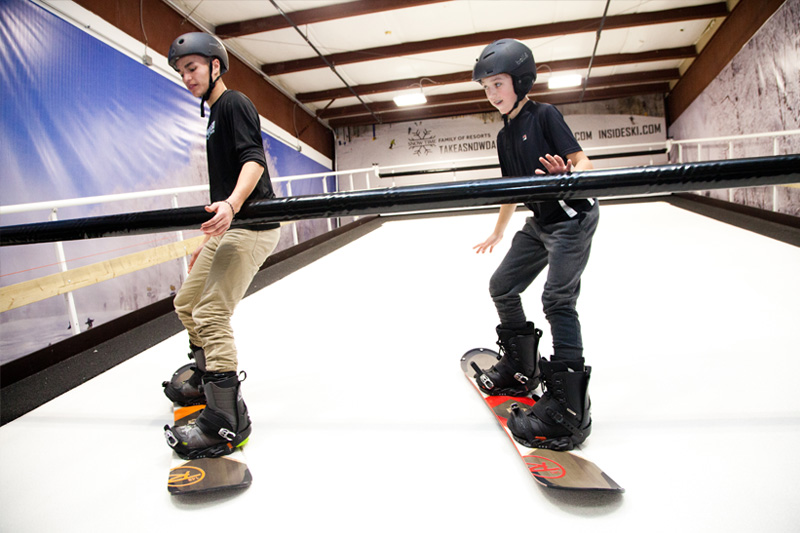Best Landing Airbags for Snowboarding and Ski Training
If you’re serious about progression and safety on the hill, choosing one of the best landing airbags changes the game. Whether you coach youth riders, run a terrain park, or manage an indoor training facility, the right snowboard or ski landing airbag reduces injury risk, increases session throughput, and helps athletes build confidence faster. This long-form guide covers what makes a top snowboard airbag, how to select a ski training bag, sizing recommendations, maintenance, and operational tips — plus a curated comparison to help you decide.
Quick links (internal resources you’ll find useful):
-
Landing Airbag overview: https://www.sunparkairbag.com/landing-airbag/
-
SunparkAirbag — products hub: https://www.sunparkairbag.com/products/
-
MTB jump airbag (useful for cross-training): https://www.sunparkairbag.com/product/mtb-jump-airbag/
-
Foam Pit Airbag: https://www.sunparkairbag.com/product/foam-pit-airbag/
-
Foam Pit Jump Airbag: https://www.sunparkairbag.com/foam-pit-jump-airbag/
-
Stunt Airbag category: https://www.sunparkairbag.com/stunt-airbag-jump/
-
Freefall Airbag category: https://www.sunparkairbag.com/freefall-airbag/
-
Air Landing overview: https://www.sunparkairbag.com/air-landing/
-
Inflated Landing Bag (FMX): https://www.sunparkairbag.com/product/inflated-landing-bag/
-
Trampoline Airbag product: https://www.sunparkairbag.com/product/trampoline-airbag/
Why choose a landing airbag for snowboard & ski training?
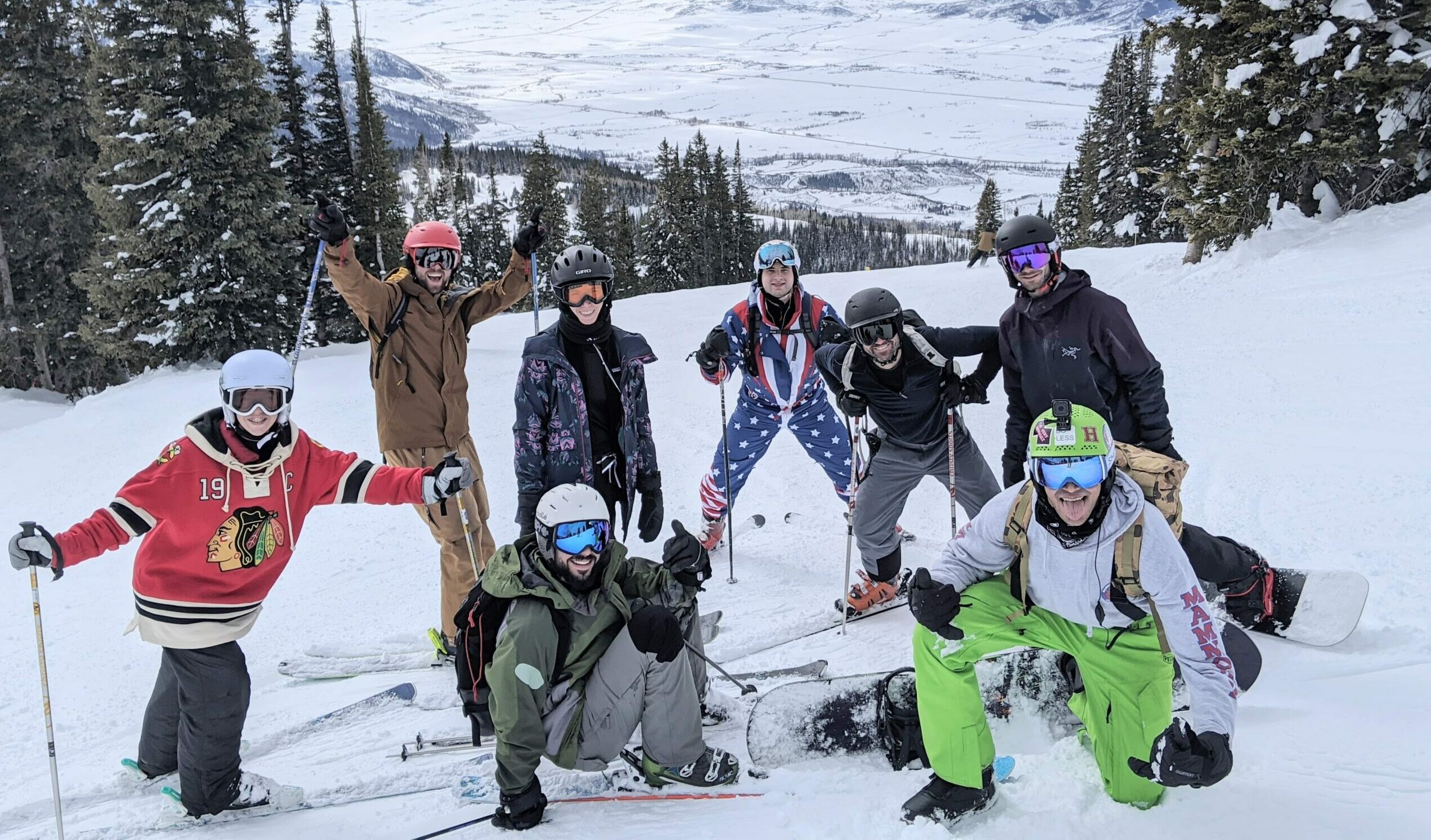
A professionally designed landing airbag offers a predictable, tunable impact surface that helps athletes push boundaries safely. Compared to foam pits or purely soft landings on snow, a modern airbag:
-
Enables more repetitions with less recovery time between attempts.
-
Provides consistent attenuation for different trick types.
-
Offers easy maintenance and cleaning, especially for indoor parks.
-
Scales for athletes from beginners through elite-level riders.
If your goal is to accelerate freestyle progression, a targeted investment in one of the best landing airbags will pay dividends in athlete development and facility uptime.
Core features that define the best landing airbags
When researching the best landing airbags, evaluate these product attributes first:
1. Multi-chamber design & venting
High-quality airbags separate the top catch zone from the lower safety chamber so you can tune the feel. Independent vents let you soften or firm the bag for different abilities.
2. Robust materials & UV/cold resistance
Snow and mountain environments demand flame-retardant, UV-stable and cold-rated topsheets and seams. Check the material specs and ask for cold-weather performance data.
3. Reinforced anchors & wind rating
Large footprints need engineered anchor plans. If your park is exposed, verify anchor count and recommended wind limits.
4. Rapid re-inflate & blower reliability
For high-volume training, blower spec and redundancy matter. Look for fast re-inflation times and easy-to-service blowers.
5. Size, profile & slope mimicry
The best snowboard airbags mimic real landing geometry (mellow entry, forgiving slope) so tricks translate seamlessly from practice to the contest jump.
Best landing airbags — sport-specific considerations

Below are the sport-specific needs to match to your chosen bag.
Snowboard airbag (freestyle-focused)
-
Mellow front edge with progressive curvature to encourage rotation.
-
Low rebound to protect knees and spine while allowing natural body recovery.
-
Top recommendation for parks prioritizing tricks and grabs.
Internal link example: learn more on the snowboard airbag category.
Ski training bag
-
Slightly different catch profile to accommodate ski edges and higher approach speeds.
-
Wider footprint for multi-athlete training (teams, camps).
-
Durable surfaces to handle ski boots and edges.
Link to relevant product: explore the ski training bag selection.
Cross-training & dry-slope use
Facilities that train both snowboarders and skiers will favor a multi-purpose bag with robust vents and easily adjustable firmness.
Top contenders: what to compare (comparison table)
The table below provides a framework for comparing top airbags (model names are illustrative; use this as a checklist when evaluating vendors):
| Feature / Use | Ideal for Beginners | Ideal for Progression | Ideal for High-Speed Tricks | Notes |
|---|---|---|---|---|
| Multi-chamber venting | ✅ | ✅ | ✅ | Independent upper/lower control is essential |
| Cold-weather rated material | ✅ | ✅ | ✅ | Look for tested cold ductility |
| Reinforced anchor points | ✅ | ✅ | ✅ | Increase anchor density for larger footprints |
| Fast re-inflate blower | ✅ | ✅ | ✅ | Important for high-throughput parks |
| Size L × W (m) | 6–10 × 4–6 | 10–15 × 6–10 | 12–18 × 8–10 | Match to run-in speed and jump size |
| Portability (seasonal storage) | ✅ | △ | △ | Ease of deflation and storage matters for rental parks |
Use these criteria to shortlist the best landing airbags for your site; then request technical drawings and anchor plans before purchase.
How to size a snowboard / ski landing airbag (practical guide)
Sizing an airbag means balancing run-in speed, jump geometry, and facility constraints. Use the following planning matrix as a starting point:
| Jump length / table | Typical approach speed | Recommended bag footprint (L × W) | Cushion depth |
|---|---|---|---|
| Small (5–8 m) | 20–30 km/h | 8–10 × 5–6 m | 1.3–1.6 m |
| Medium (8–12 m) | 30–45 km/h | 10–15 × 6–8 m | 1.6–2.2 m |
| Large (12m+) | 45+ km/h | 15–20 × 8–10 m | 2.0–3.0 m |
Tip: For skateboard-style transfers and rotation practice, slightly increase width rather than length to allow lateral misses without edge contact.
Real-world setup examples
Example A — Small terrain park (community hill):
A medium footprint landing airbag (10 × 6 m) with adjustable vents allows parks to host beginner-to-intermediate clinics, enabling high throughput with quick resets.
Example B — Elite training camp:
A larger bag (15 × 8 m), reinforced anchors, and a backup blower support repeated high-energy impacts. Use perimeter bumpers and a staffed lip for safety management.
Example C — Indoor dryslope & trampoline combo:
Pair a trampoline airbag (https://www.sunparkairbag.com/product/trampoline-airbag/) with a foam-pit-style airbag (https://www.sunparkairbag.com/product/foam-pit-airbag/) for progressive air-awareness drills that translate to snow.
Installation & operations checklist (safety-first)
-
Site prep — Level base, no sharp objects, protective ground sheet. See the Air Landing overview for guidance.
-
Anchor plan — Follow manufacturer maps; add anchors for windy sites.
-
Power & blower redundancy — Plan primary and backup power for continuous operation.
-
Signage & SOP — Define skill progression rules, staff roles, and emergency procedures.
-
Daily inspection — Log vent settings, blower performance, and seam integrity.
-
Cleaning & hygiene — Use wipe-down protocols for indoor setups; foam pit airbags reduce foam handling. (See the Foam Pit Jump Airbag for options.)
Maintenance: maximize lifespan and ROI
-
Daily: Visual check of seams, anchors, blower status; wipe down topsheet.
-
Monthly: Filter changes, seam pressure test, anchor re-torque.
-
Seasonal: Full teardown, storage in dry conditions, UV protection when not in use.
A well-maintained bag can last many seasons — saving replacement and downtime costs over traditional foam pits.
Frequently asked questions (FAQ)
Q: Are landing airbags safe for first-time snowboarders?
A: Yes — when used with progression rules and staff supervision, airbags provide a very safe environment for learning rotations and air awareness.
Q: Can a ski training bag withstand ski edges and boots?
A: Pro-grade bags specify topsheet abrasion resistance and cold performance. Always verify materials and request test data.
Q: How do airbags compare to foam pits?
A: Airbags typically have higher throughput and easier hygiene management; foam pits require block maintenance and slow exits. For parks that need high jump frequency, a foam pit airbag or trampoline-airbag hybrid often wins. See Sunpark’s Foam Pit Airbag offering.
The role of airbags in freestyle progression
Progression is a mix of repetition, confidence, and feedback. The best airbags allow athletes to:
-
Attempt progressive rotations (180 → 360 → 540) safely.
-
Rehearse complex grabs and tweak body positioning mid-air.
-
Train new rotations without the large consequences of hard landings.
If you’re optimizing a training block for freestyle progression, consider combining a trampoline airbag (for air awareness) and a medium-size landing airbag (for trick application).
Practical buying checklist — ask suppliers these questions
-
What is the chamber layout and venting strategy?
-
Do you provide anchor drawings and recommended anchor counts?
-
What are the blower specs and redundancy options?
-
Can I see abrasion/UV/cold test reports?
-
What warranty, repairs, and spare parts are available?
-
Can you provide case studies for snowboard/ski parks?
Use the SunparkAirbag products hub for further vetting: https://www.sunparkairbag.com/products/.
Conclusion — choosing the best landing airbags for your program
Selecting one of the best landing airbags for snowboard and ski training is about matching sport-specific geometry, material durability, and operational reliability to your program goals. Use the sizing guidance, buying checklist and internal resources above to shortlist options. If you need a multi-sport solution that also supports bike cross-training or stunt work, review the broader product catalog on SunparkAirbag for hybrid configurations: https://www.sunparkairbag.com/products/.
Ready to move forward? Start by measuring run-in speeds and jump geometry, then request anchor plans and blower specs from your preferred vendor. That due diligence will ensure the landing airbag you pick is the one that best accelerates skill, keeps riders safe, and maximizes facility uptime.

